Astragalus (Astragalus membranaceus also known as Huang chi root), is a plant that has been traditionally used to boost the immune system. There are over 2,000 species of astragalus; however, the 2 related species Astragalus mongholicus and Astragalus membranaceus are the ones used for medical purposes. Astragalus has been used in Traditional Chinese Medicine, generally in combination with other herbs (such as angelica, ginseng and licorice), to support and increase the immune system. Latterly, of the pharmacological researches on astragalus is focused on its immune-stimulating polysaccharides and other active ingredients beneficial in treating immune deficiency conditions.
Astragalus Immune System Booster
Astragalus has been used to promote immune function and as a tonic to build stamina. Research findings shows astragalus stimulates the immune system in many ways. It enhances the number of stem cells in bone marrow and lymph tissue and encourages their development into active immune cells. Astragalus contains numerous components, including polysaccharides, flavonoids and triterpene glycosides. Polysaccharides work with other important components to strengthen and build the immune system. Astragalus; 1) stimulates NK cells, 2) enhances the production of interferon, 3) increases immune function by increasing the activity of certain white blood cells which enhances the production of antibodies.
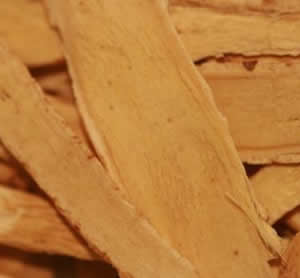 Astragalus increases white blood cell production of the body’s own anti-viral compounds alpha-and gamma-interferon. Findings in laboratory experiments and animal-based studies demonstrates it may act against viruses like the ones that cause colds. In one study, reported in 2011 in the Journal of Ethnopharmacology, astragalus extract were effective in stimulating immune cell responses and antibody production in lab animals.
Astragalus increases white blood cell production of the body’s own anti-viral compounds alpha-and gamma-interferon. Findings in laboratory experiments and animal-based studies demonstrates it may act against viruses like the ones that cause colds. In one study, reported in 2011 in the Journal of Ethnopharmacology, astragalus extract were effective in stimulating immune cell responses and antibody production in lab animals.
Astragalus appears especially beneficial in cases where the immune system has been damaged by chemicals or radiation. In immunosuppressed mice, astragalus has been found to reverse the T-cell abnormalities caused by cyclophosphamide, radiation, and aging. In the USA, investigators have looked at astragalus as a possible cure for patients whose immune systems have been weakened by chemotherapy or radiation. In these studies, astragalus seem to help patients recover faster and live longer.
In studies, Astragalus polysaccharides were shown to potentiate the immune-mediated antitumor effect of interleukin-2 and the activity of monocytes, improve the responses of lymphocytes from healthy people and cancer patients. Scientists at “The University of Texas MD Anderson Cancer Center” found that astragalus extract boosted the cell-destroying ability, of the immune system drug interleukin-2 (IL-2) by helping cells of the immune system. The effectiveness of astragalus cure was put to the test in a study of cancer patients undertaken at the M.D. Anderson Cancer Center in Houston in the early 1980s. After giving a specially prepared astragalus extract to 19 cancer patients and 15 healthy people, physicians found that the therapy restored immune system functioning in the majority of the patients.
In a study astragalus root showed important protecting activities in cultured rat heart cells against coxsackie B-2 virus when given in the early period of infection. In a China study intramuscular injections of astragalus extract for three-four months in patients with coxsackie-B viral myocarditis resulted in a important increase in NK (natural killer) cell activity. (The activity of their NK cells rose 11 to 45%). Patients treated with conventional treatment showed no improvement.
A 2006 article reported in the journal “Phytotherapy Research” found that herbal tinctures of astragalus, along with 2 other herbs to boost the immune system, licorice and echinacea, stimulated immune cells within 24 hours of ingestion.Astragalus root stimulates virtually every phase of immune system activity. Research also showed that astragalus could promote or trigger immune cells from the “resting” state into heightened activity. Other study, on an astragalus-based Chinese remedy showed “the tendency to stimulate immune response” without suppressive effects. Long-term use heightened the activity of spleen cells. In a clinical study, 115 participant with leukopenia received a high dose of a concentrated Astragalus preparation or a low dose over a period of 8 weeks. In both groups there was a important increase in average white blood cell counts after cure. These results, demonstrate astragalus root is an effective therapy for leukopenia.
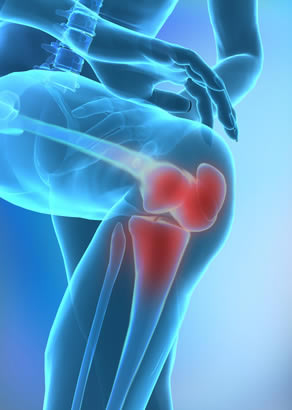 Curcumin worked as well as a non-steroidal anti-inflammatory medication for cure of osteoarthritis of the knee in a study reported in the Aug 2009 edition of the Journal of “Alternative and Complementary Medicine“. A study by Italian scientists demonstrated that turmeric is a safe and effective herb for osteoarthritis. After 90 days of daily use of curcumin, compared to control group, participants manifested a 58% reduction in joint pain, stiffness and improve functionality of the joints as measured by the WOMAC (
Curcumin worked as well as a non-steroidal anti-inflammatory medication for cure of osteoarthritis of the knee in a study reported in the Aug 2009 edition of the Journal of “Alternative and Complementary Medicine“. A study by Italian scientists demonstrated that turmeric is a safe and effective herb for osteoarthritis. After 90 days of daily use of curcumin, compared to control group, participants manifested a 58% reduction in joint pain, stiffness and improve functionality of the joints as measured by the WOMAC (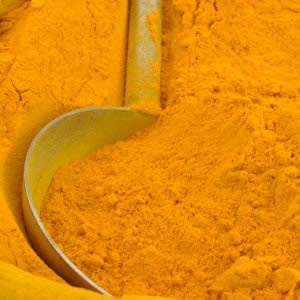 Alzheimer’s disease mice that were given low doses of curcumin were reduced by 40 percent in comparison to those that were not treated with curcumin. Also, low doses of curcumin caused a 43 percent reduction in the so-called “plaque burden” that these beta-amyloid have on the brains of AD mice. A study reported in the Feb 2005 edition of The Journal of Biological Chemistry demonstrated that curcumin inhibits the formation of neurofibrillary tangles, which are collections of beta-amyloid protein, in both tissue culture and in animal models of AD. In one study, scientists compared the effects of rosmarinic acid and curcumin on the formation, extension, and destabilization of beta amyloid fibrils. They found that both rosmarinic acid and curcumin inhibited the formation and extension of beta amyloid fibrils, and destabilized beta amyloid plaques that had already formed.
Alzheimer’s disease mice that were given low doses of curcumin were reduced by 40 percent in comparison to those that were not treated with curcumin. Also, low doses of curcumin caused a 43 percent reduction in the so-called “plaque burden” that these beta-amyloid have on the brains of AD mice. A study reported in the Feb 2005 edition of The Journal of Biological Chemistry demonstrated that curcumin inhibits the formation of neurofibrillary tangles, which are collections of beta-amyloid protein, in both tissue culture and in animal models of AD. In one study, scientists compared the effects of rosmarinic acid and curcumin on the formation, extension, and destabilization of beta amyloid fibrils. They found that both rosmarinic acid and curcumin inhibited the formation and extension of beta amyloid fibrils, and destabilized beta amyloid plaques that had already formed.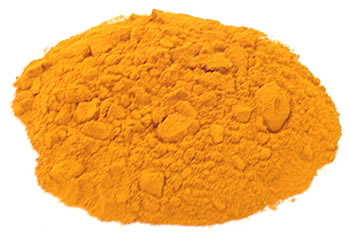 Results from an animal-based study reported in the Nov 2009 edition of Carcinogenesis found that
Results from an animal-based study reported in the Nov 2009 edition of Carcinogenesis found that 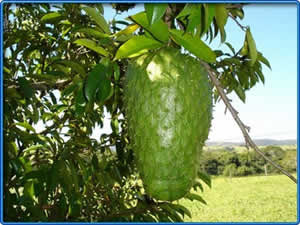 that had survived chemotherapy. A study conducted at “Purdue University”, showed that the acetogenins can selectively inhibit the growth of cancer cells and furthermore inhibit the growth of tumor cells resistant to doxorubicin, respecting the integrity of cells healthy tissue. Many of the annonaceous acetogenins have a cytotoxicity with ED50 values as low as 10-9 ug/ml. In other study performed by experts at the “Purdue University”, it was demonstrated that the acetogenins of graviola are very strong to have an ED50 of up to 10 to 9 micrograms per milliliter, resulting to have about 10,000 times the power of
that had survived chemotherapy. A study conducted at “Purdue University”, showed that the acetogenins can selectively inhibit the growth of cancer cells and furthermore inhibit the growth of tumor cells resistant to doxorubicin, respecting the integrity of cells healthy tissue. Many of the annonaceous acetogenins have a cytotoxicity with ED50 values as low as 10-9 ug/ml. In other study performed by experts at the “Purdue University”, it was demonstrated that the acetogenins of graviola are very strong to have an ED50 of up to 10 to 9 micrograms per milliliter, resulting to have about 10,000 times the power of